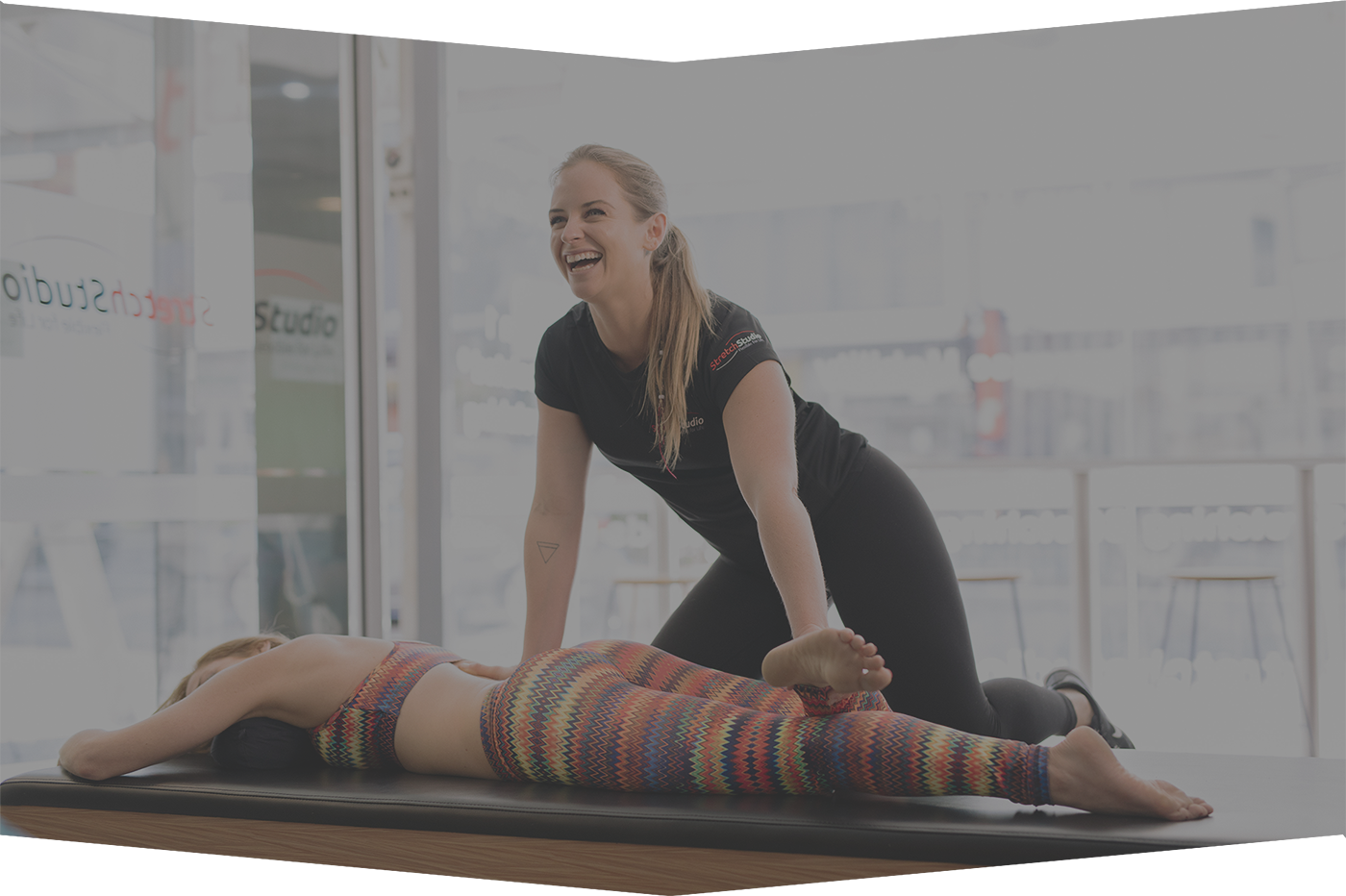Assisted stretching therapy is a specialized approach that involves a trained professional guiding and facilitating stretches to enhance flexibility and range of motion. Preparing adequately for your assisted stretch therapy session can significantly impact the effectiveness and safety of the therapy. To help you get most out of your therapy session, here’s a guide on getting ready for assisted stretching therapy to ensure a positive and productive experience.
Set clear goals:
Define your goals for assisted stretching therapy. Whether it’s improving flexibility, addressing specific muscle tightness, or enhancing athletic performance, having clear objectives helps both you and the therapist tailor the session to meet your specific needs.
Wear comfortable clothing:
Choose comfortable, stretchy clothing that allows for easy movement. Loose-fitting athletic wear is ideal as it provides the therapist easy access to the areas they need to stretch. Avoid wearing restrictive clothing that may impede movement or create discomfort during the session.
Communicate medical history:
Before your session, communicate any relevant medical history or existing conditions to the assisted stretching therapist. This includes past injuries, surgeries, or any specific areas of concern. Clear communication helps the therapist tailor the stretches to your individual circumstances.
Hydrate adequately:
Staying well-hydrated is essential for overall flexibility and muscle function. Ensure you are adequately hydrated before your assisted stretching session. Proper hydration contributes to the suppleness of muscles and facilitates a smoother stretching experience.
Avoid heavy meals:
Refrain from consuming heavy meals close to your assisted stretching appointment. Stretching with a full stomach may cause discomfort, and it’s generally more comfortable to engage in stretching on an empty or lightly fueled stomach.
Arrive relaxed and open-minded:
Approach your assisted stretching session with a relaxed and open-minded mindset. Relaxation is key to achieving optimal results, and an open mind allows you to fully embrace the stretching experience. Trust in the expertise of the therapist and be receptive to their guidance.
Warm-up beforehand:
Engage in a brief warm-up before your assisted stretching session. Light aerobic activities or vigorous stretches can increase blood flow to the muscles, making them more responsive to the assisted stretches. Inform your therapist if you’ve already completed a warm-up before the session.
